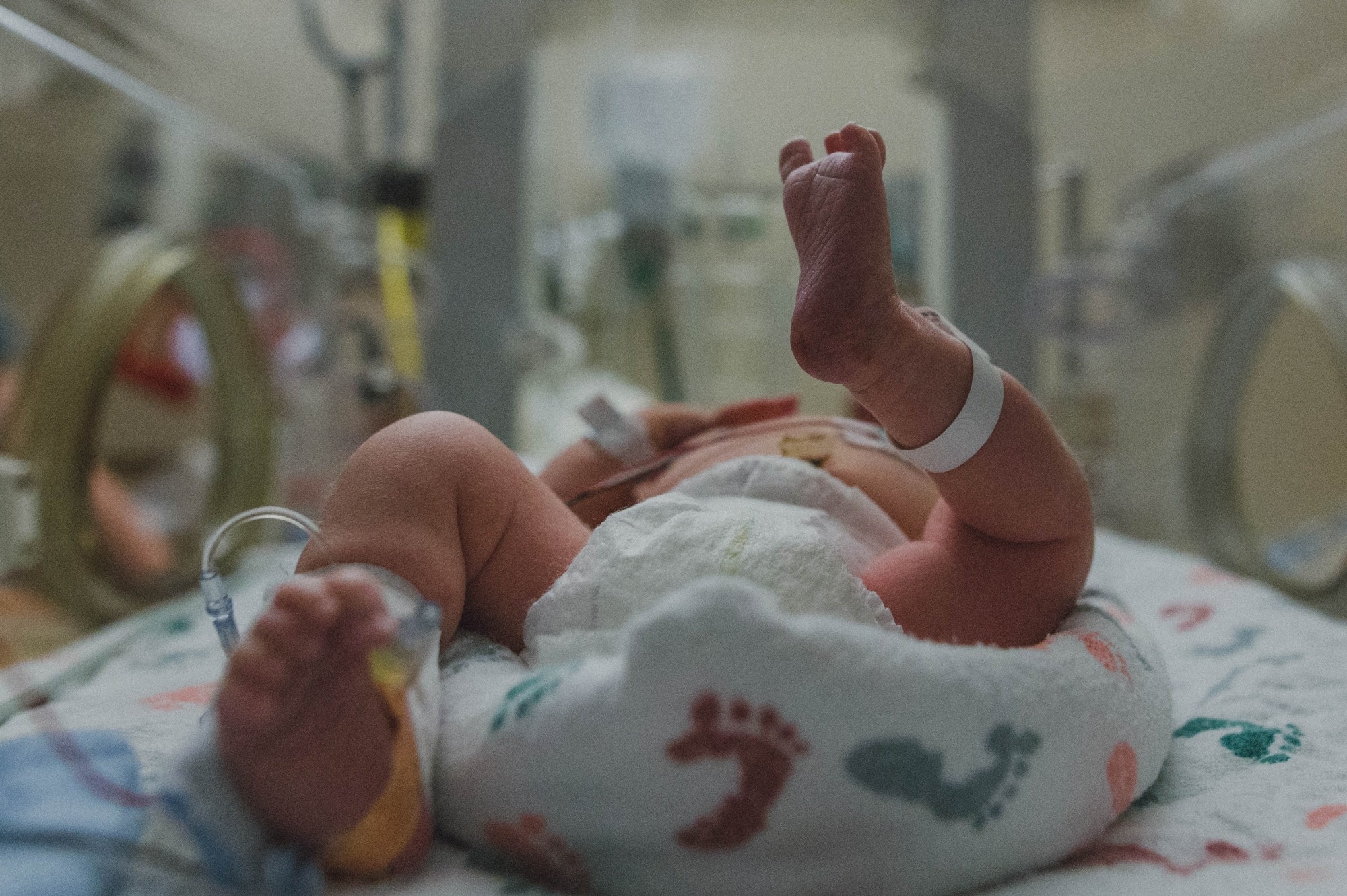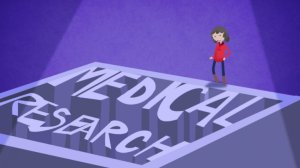In a recent study published in the journal JAMA, researchers attempted to characterize childhood long COVID by investigating its most common disease symptoms in children (6-11 yrs; n = 898) and adolescents (12-17; n = 4,478).
Study: Characterizing Long COVID in Children and Adolescents. Image Credit: Deborah Lee Rossiter/Shutterstock.com
Introduction
They further categorized these symptoms into distinct phenotypes using cluster analysis. Finally, researchers used the results of these investigations to develop an empirically derived index, thereby allowing future researchers greater clarity when diagnosing and treating the condition.
Findings revealed that long COVID pathology during childhood is distinct compared to adults and between children and adolescents. Symptoms were observed to take 10{e60f258f32f4d0090826105a8a8e4487cca35cebb3251bd7e4de0ff6f7e40497} longer (556 versus 506 days) to manifest in adolescents than in children.
While 14 symptom phenotypes were shared across school-age children and adolescents, 4 and 3 phenotypes were unique in the former and latter groups, respectively.
These findings highlight the need for separate evaluation, research, and treatment against long COVID in these poorly understood populations.
Background
Clinically termed “post-acute sequelae of severe acute respiratory syndrome-coronavirus-2 (SARS-CoV-2) infection (PASC)”, long COVID is an increasingly prevalent condition plaguing between 10-78{e60f258f32f4d0090826105a8a8e4487cca35cebb3251bd7e4de0ff6f7e40497} of Coronavirus disease 2019 (COVID-19) survivors (n = ~65 million).
The condition is characterized by COVID-19 symptoms that persist, relapse, or develop two or more months following recovery from the initial SARS-CoV-2 infection.
While a growing body of literature extensively researches long COVID in adults, similar studies on childhood long COVID remain severely lacking. Poor clinical elucidation of long COVID in children (6-17 yrs) has led to numerous misperceptions, including that childhood long COVID is rare. That disease pathology is similar to that observed in adults.
Together, these misperceptions often result in misdiagnosis of long COVID in children and hamper diagnostic and therapeutic research.
“The absence of a consistent analytic approach to objectively identify children with PASC hinders the research needed to identify underlying mechanisms of disease and treatment targets.”
About the study
The present study aims to address the current literature gaps by 1. Identifying typical childhood long COVID symptoms, 2. Comparing symptoms across children (6-11 yrs) and adolescents (12-17 yrs), 3.
Evaluating if these symptoms cluster into discrete phenotypes, and 4. Deriving an index of childhood long COVID to aid future research initiatives.
The dataset used herein is the Researching COVID to Enhance Recovery (RECOVER) Pediatric Observational Cohort Study (RECOVER-Pediatrics) funded by the United States (US) National Institutes of Health.
Data for the study was obtained between March 2022 and December 2023 from more than 60 sites spread across the US and comprised participants with (‘infected’) and without (‘uninfected’) laboratory-confirmed COVID-19 infections.
Participants with missing data, unknown dates of first infections, and those with previous or ongoing multisystem inflammatory syndrome were excluded from the analysis.
For analysis, long COVID was defined as the presence of COVID-19 symptoms 90 or more days following initial COVID-19 infections. Uninfected participants with long COVID symptoms were analyzed separately to elucidate the impacts of asymptomatic infections.
Symptoms were categorized into 75 discrete types (general [n = 12], ENT [n = 15], gastrointestinal [n = 6], heart/lungs [n = 10], dermatological [n = 5], neurological [n = 6], musculoskeletal [n = 3], menstrual [n = 4], and behavioral [n = 14]).
Symptoms data was collected using the Patient-Reported Outcomes Measurement Information System (PROMIS) Global Health Scales. Demographic and medical variables (sex, age, ethnicity, vaccination status, geographic origin, and time of infection) were included in statistical models as covariates.
Linear, logistic, and Poisson regression models were used to compute risk differences, relative risks, and odds ratios across investigated subgroups (infected versus uninfected and children versus adolescents).
The least absolute shrinkage and selection operator (LASSO) model was used to identify the clustering of symptoms, thereby identifying indices for future research initiatives.
Study findings
Of the 898 children (751 infected, 147 uninfected) and 4,478 adolescents included in the study, 45{e60f258f32f4d0090826105a8a8e4487cca35cebb3251bd7e4de0ff6f7e40497} and 33{e60f258f32f4d0090826105a8a8e4487cca35cebb3251bd7e4de0ff6f7e40497} of infected and uninfected children, and 39{e60f258f32f4d0090826105a8a8e4487cca35cebb3251bd7e4de0ff6f7e40497} and 27{e60f258f32f4d0090826105a8a8e4487cca35cebb3251bd7e4de0ff6f7e40497} of adolescents were observed to have at least one persistent long COVID symptom.
Of the 75 symptoms identified, 26 and 18 were prolonged in more than 5{e60f258f32f4d0090826105a8a8e4487cca35cebb3251bd7e4de0ff6f7e40497} of children and adolescents. Of these, 14 symptoms were common between groups, while 4 and 3 were unique to children and adolescents, respectively.
“The most common prolonged symptom among PASC-probable school-age children that also contributed to the PASC research index was headache (57{e60f258f32f4d0090826105a8a8e4487cca35cebb3251bd7e4de0ff6f7e40497}), followed by trouble with memory/focusing and trouble sleeping (44{e60f258f32f4d0090826105a8a8e4487cca35cebb3251bd7e4de0ff6f7e40497}) and stomach pain (43{e60f258f32f4d0090826105a8a8e4487cca35cebb3251bd7e4de0ff6f7e40497}). Among PASC-probable adolescents, the most common prolonged symptoms contributing to the index were daytime tiredness/sleepiness or low energy (80{e60f258f32f4d0090826105a8a8e4487cca35cebb3251bd7e4de0ff6f7e40497}), body/muscle/joint pain (60{e60f258f32f4d0090826105a8a8e4487cca35cebb3251bd7e4de0ff6f7e40497}), headaches (55{e60f258f32f4d0090826105a8a8e4487cca35cebb3251bd7e4de0ff6f7e40497}), and trouble with memory/focusing (47{e60f258f32f4d0090826105a8a8e4487cca35cebb3251bd7e4de0ff6f7e40497}).”
LASSO analysis identified 10 (children) and 8 (adolescent) symptoms most commonly associated with a history of COVID-19 infections.
These were found to aggregate into four distinct clusters, with Cluster 1 (multisystem symptoms and highest symptom burden) being highlighted as the worst across both groups.
Conclusions
The present study is one of the first to characterize childhood long COVID in a large (n = 5,376), long-term (n = 21 months) dataset. Study findings highlight that symptomatic manifestation of long COVID in school-age children (6-11 yrs) differs significantly from adults (18+ yrs) as well as from adolescents (12-17 yrs).
Notably, while 14 symptoms were found to be shared between children and adolescents, 4 (children) and 3 (adolescents) were unique.
Alarmingly, 33{e60f258f32f4d0090826105a8a8e4487cca35cebb3251bd7e4de0ff6f7e40497} and 27{e60f258f32f4d0090826105a8a8e4487cca35cebb3251bd7e4de0ff6f7e40497} of asymptomatic children and adolescents were observed to suffer from long COVID symptoms despite a lack of clinical COVID-19 history, suggesting that the prevalence of long COVID in these populations may be significantly higher than previously assumed.
Encouragingly, clustering analysis identified four phenotypic clusters (representing 8-10 most common symptoms) that can be used as indices in future research efforts.
“Although these indices will require further research and validation, this work provides an important step toward a clinically useful tool for diagnosis with the ultimate goal of supporting optimal care for youth with PASC.”
Journal reference:
-
Gross, R. S., Thaweethai, T., Kleinman, L. C., Snowden, J. N., Rosenzweig, E. B., Milner, J. D., Tantisira, K. G., Rhee, K. E., Jernigan, T. L., Kinser, P. A., Salisbury, A. L., Warburton, D., Mohandas, S., Wood, J. C., Newburger, J. W., Truong, D. T., Flaherman, V. J., Metz, T. D., Karlson, E. W., … Yurgelun-Todd, D. A. (2024). Characterizing Long COVID in Children and Adolescents. In JAMA. American Medical Association (AMA). doi:10.1001/jama.2024.12747.




